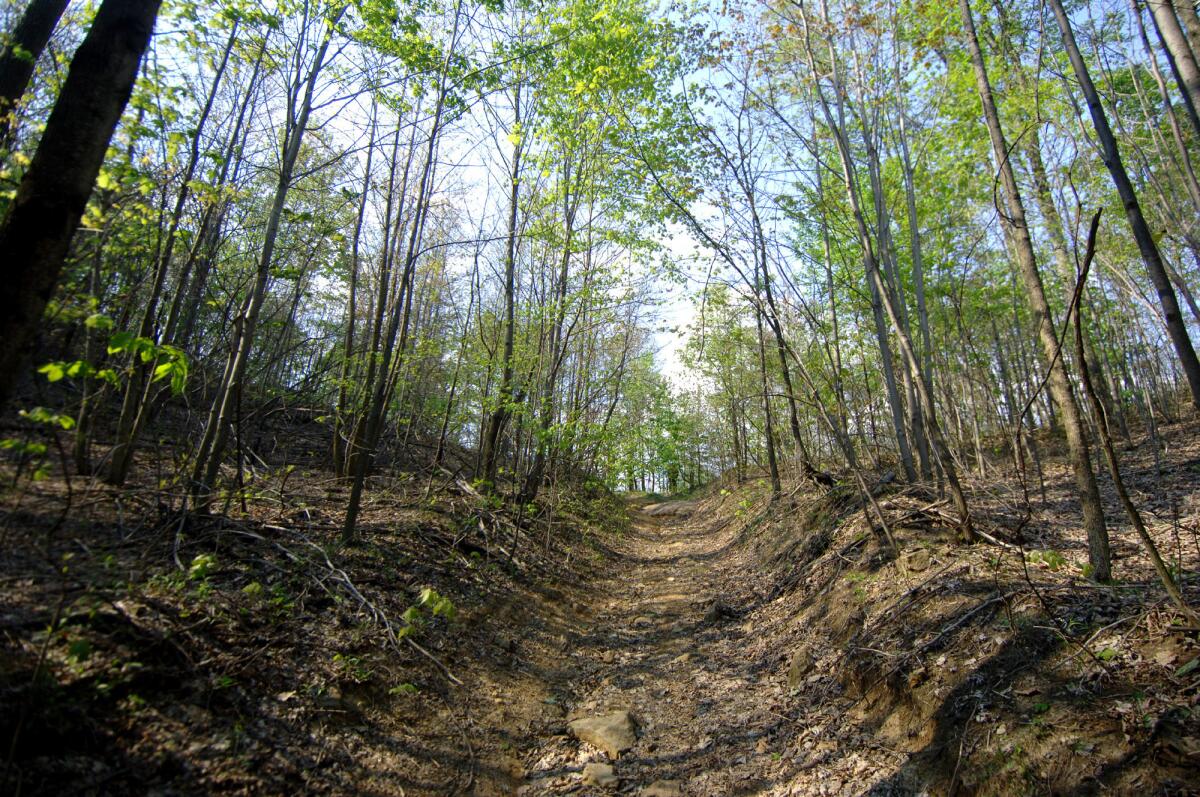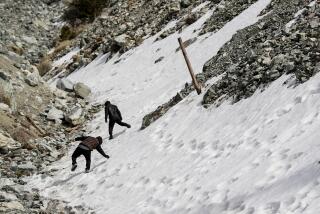Opinion: The new battle over Blair Mountain -- with lawyers instead of guns

- Share via
In late August 1921, long-running tensions between pro-union miners and anti-union West Virginia coal operators erupted into an armed confrontation totaling well over 10,000 men, a mess of bullets and a still-unconfirmed number of dead and wounded during five days of gunfighting at a spot called Blair Mountain. It was, in terms of people involved, the largest violent showdown between capital and labor in U.S. history.
If American labor had holy sites, Blair Mountain would be among them (as would Ludlow, Colo., scene of the infamous 1914 Ludlow Massacre, part of a coal strike that involved some of the same actors in the West Virginia coal battles). But coal mining is still done in West Virginia, and Blair Mountain is on mining companies’ list of targets.
A decidedly smaller group of people are fighting over Blair Mountain now, but its very existence hangs in the balance. Labor and history activists sought more than five years ago to have Blair Mountain added to the National Register of Historic Places. After an initial survey of property owners’ opinions, the federal government determined that a majority of them supported adding the designation, and so Blair Mountain joined the list, a decision that includes protections against development and other actions that might damage the listed site.
Then the Keeper of the Register (yes, it’s a real title) discovered a letter from a law firm representing a passel of coal operators who own portions of the mountain, and who were decidedly against listing it as a historical site because they have plans to strip-mine it. With a “my bad,” the Keeper of the Register then delisted Blair Mountain only a week after it was added, likely a record short tenure on the list.
Labor activists, preservationists and the Sierra Club, which backs the protection as a means of keeping the mountain from being strip-mined, sued the government, arguing that the removal of the designation was arbitrary and capricious. A district court judge tossed the suit two years ago, ruling that the plaintiffs didn’t have standing to file the challenge because they could not demonstrate that they had standing — they couldn’t prove they would be damaged by the action.
Last week in a 2-1 vote, the Court of Appeals for the District of Columbia Circuit overturned the judge’s dismissal, deciding that the plaintiffs did have standing, in part because removing the surface of Blair Mountain would create a landscape where widely appreciated beauty now exists.
In dissent, the lone “no” vote questioned whether anyone has a legal right to enjoy the view of another’s property, despite a litany of prior cases the majority cited. “None of these cases would lead me to suppose that my neighbor has a legally protected right that I have invaded when I trim the grass and behead the clovers, which he enjoys viewing,” wrote Judge David B. Sentelle.
It’s an interesting legal case, but it’s also an interesting — and ironic — look at how we value history and historic sites. With Blair Mountain, the same forces — labor and coal operators — are fighting over the same territory as in 1921, though now with lawyers instead of guns. But it also spotlights the relative lack of public memorials to labor history.
You can visit just about any long-operating city in this country and find a local monument to the rich capitalist who built the mansion during year whatever. But you have to look far and wide to find memorials to the people whose labor created those riches, to those who died in the battles for such modern-day givens as the eight-hour work day and weekends off, and to the organizers who brought the workers together into the unions that helped create the nation’s now-disappearing middle class.
That’s something worth contemplating today amid the holiday sales and barbecues.
Follow Scott Martelle on Twitter @smartelle
More to Read
A cure for the common opinion
Get thought-provoking perspectives with our weekly newsletter.
You may occasionally receive promotional content from the Los Angeles Times.










